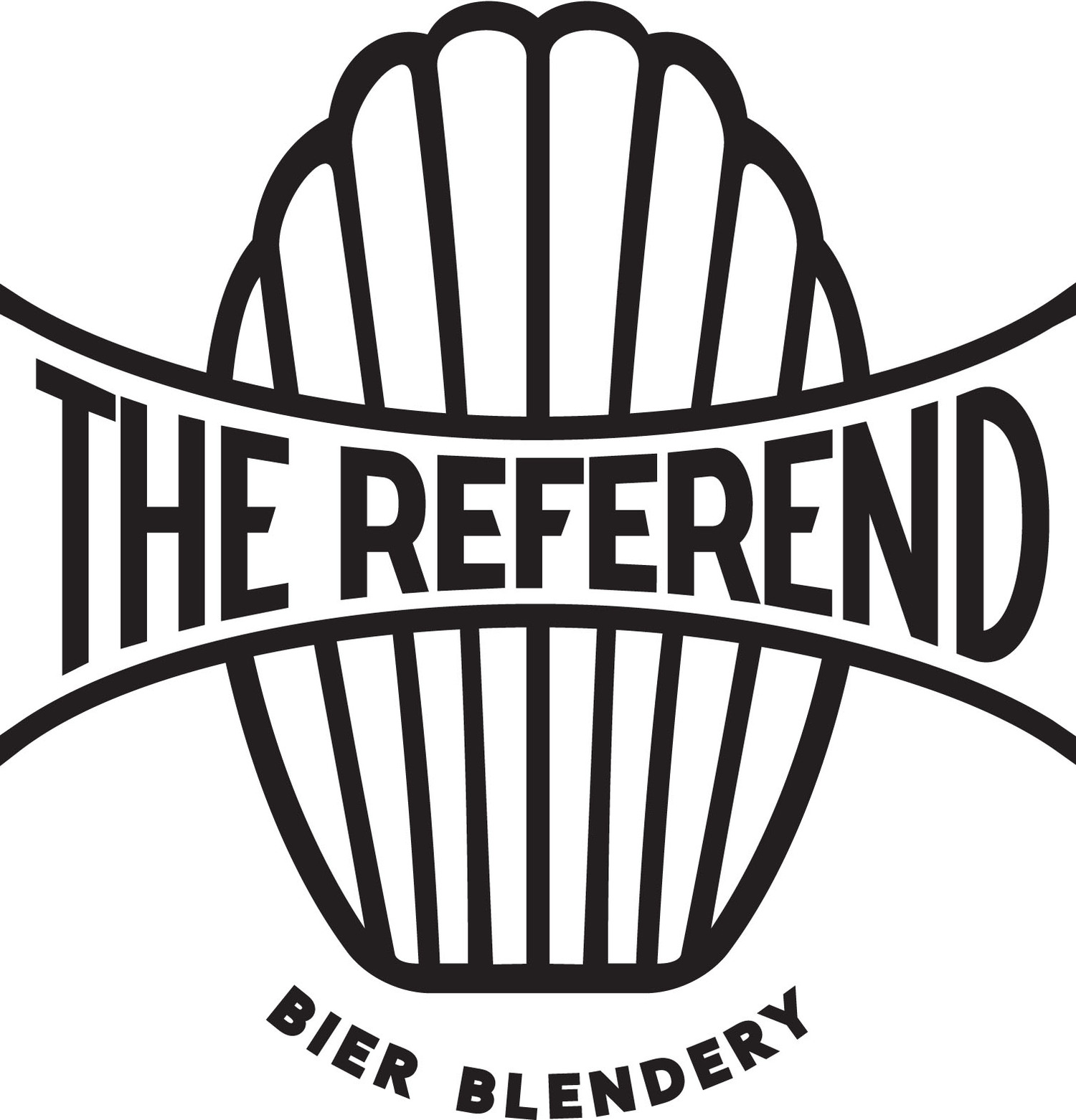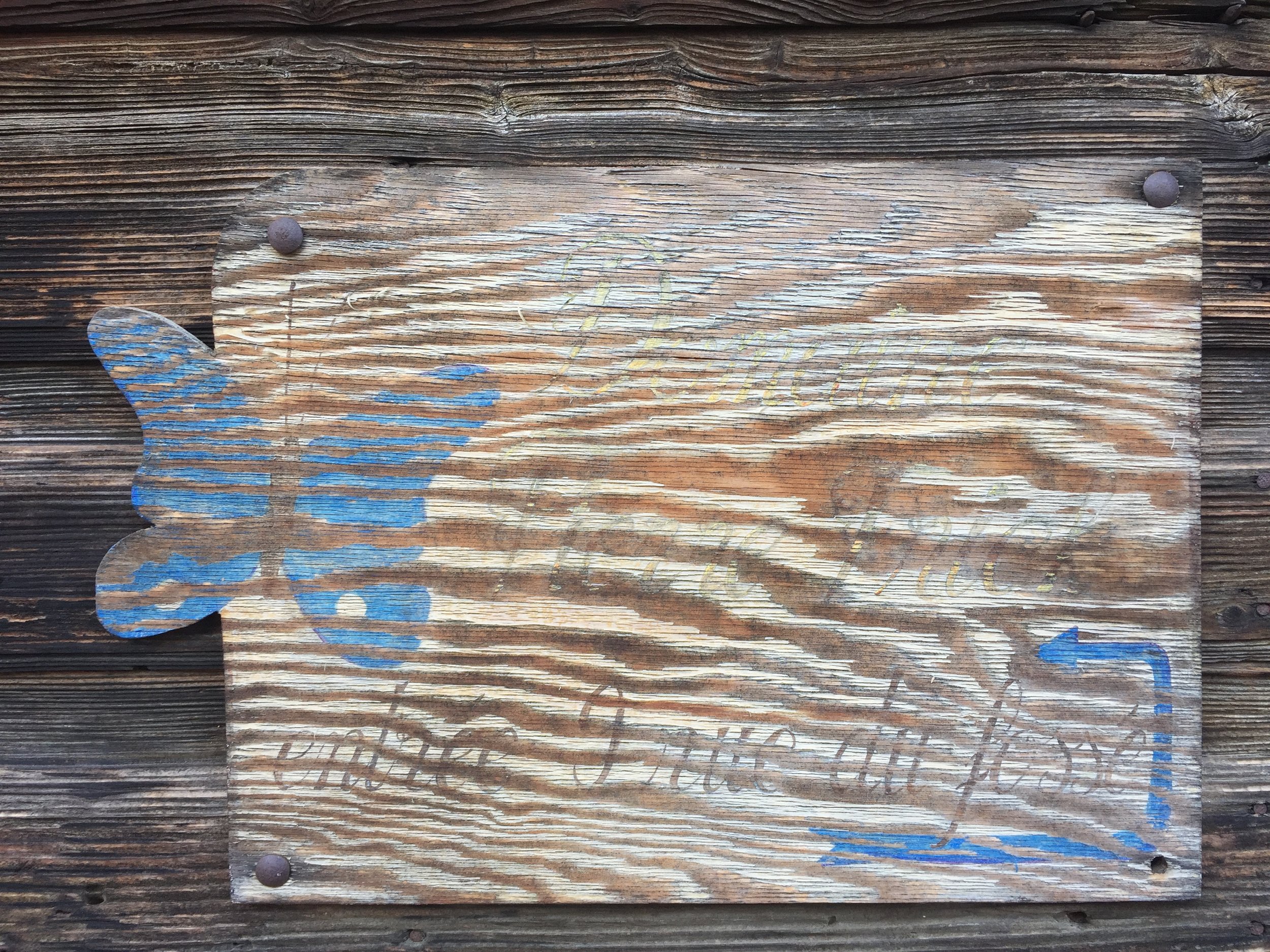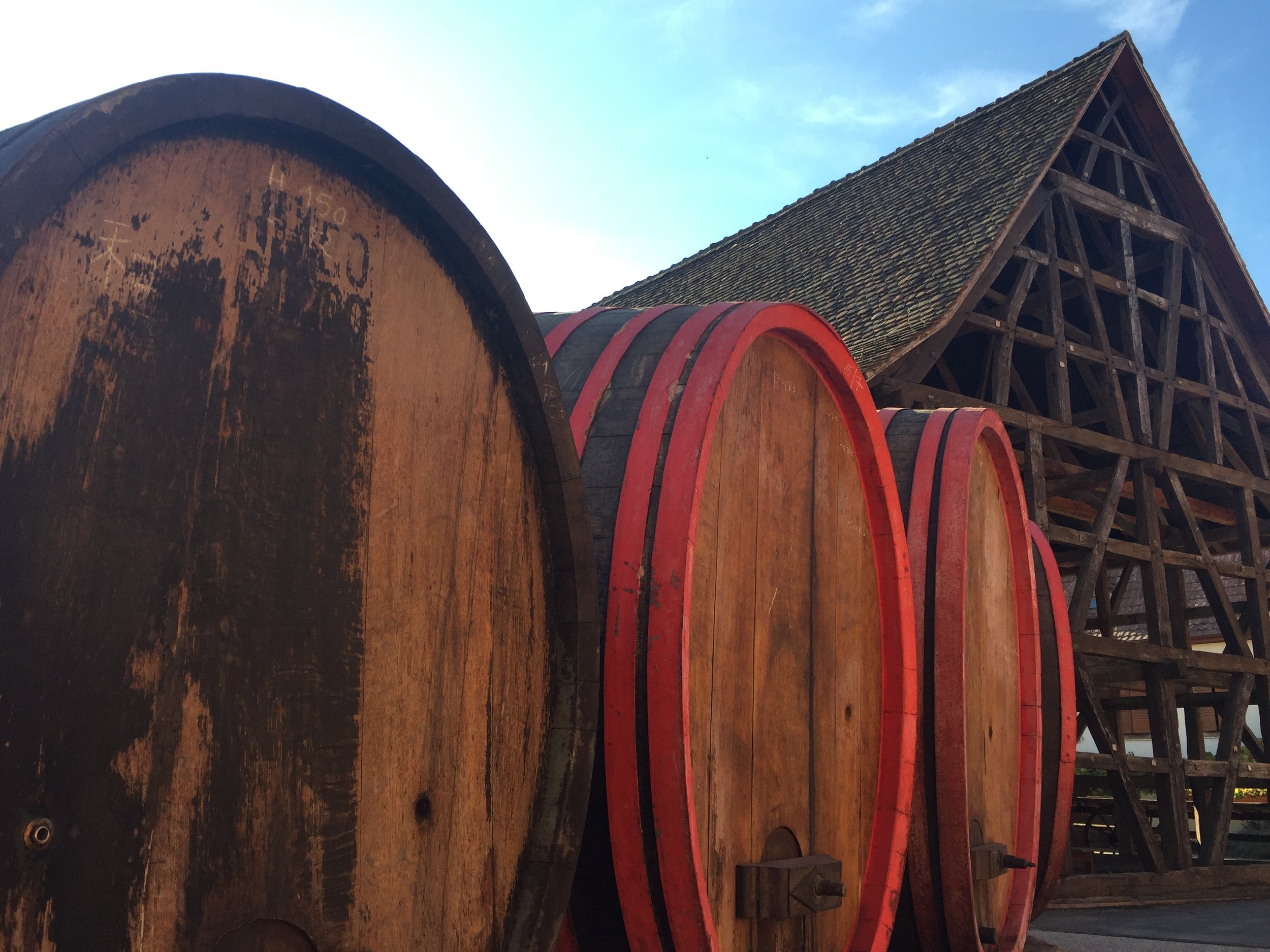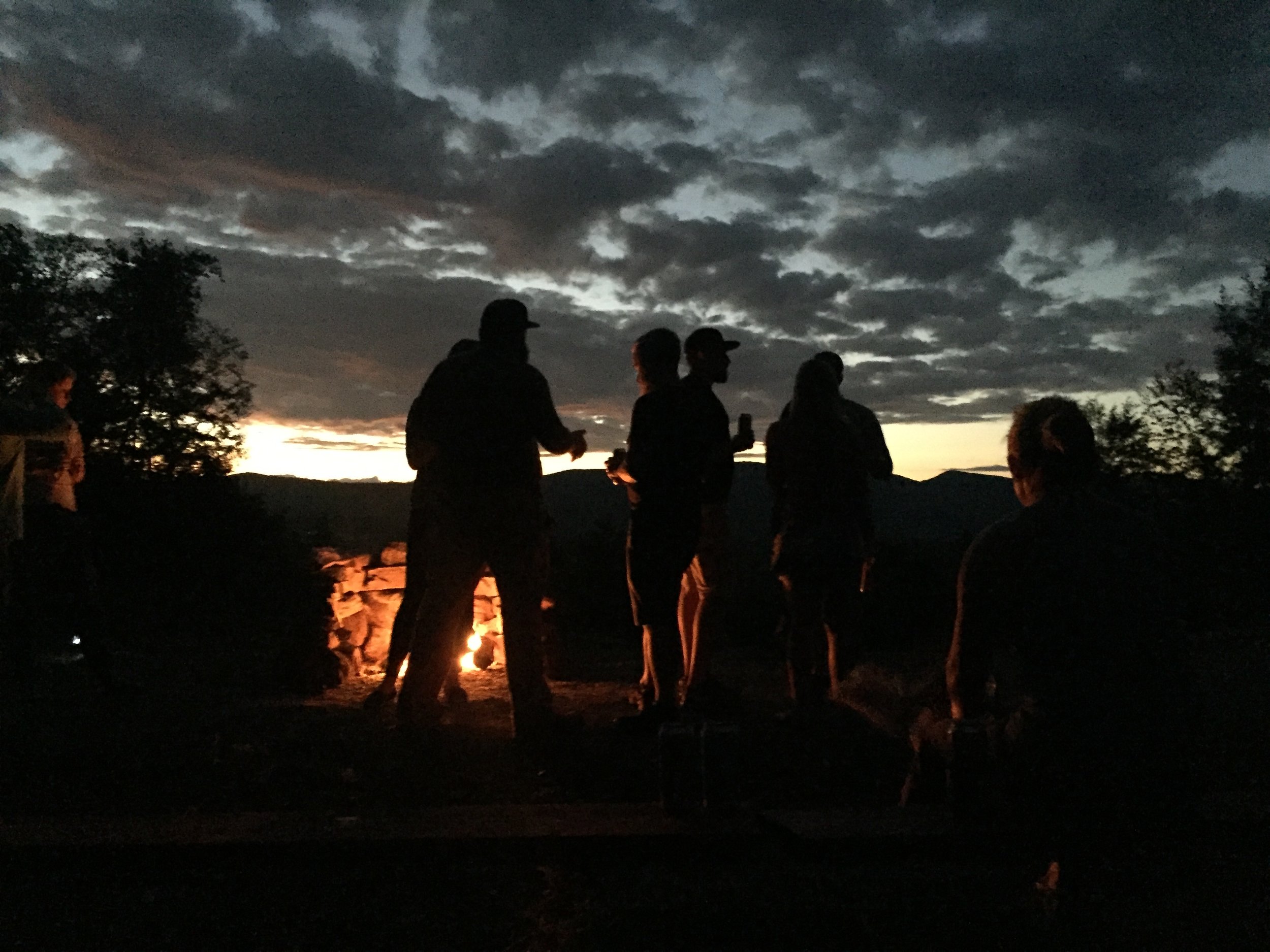Excerpts from The Coming Victory of Democracy by Thomas Mann
/In 1938, Thomas Mann, the great novelist exiled from Nazi Germany in 1933 for his (overwhelmingly correct) political views, gave a series of lectures in America on fascism and democracy, and edited them down into this book: The Coming Victory of Democracy.
I find regular solace and regained resolve in it, though the time in which it was written—at the peak of Nazism and threatening global fascism and on the long eve of World War II with so many horrors still to come—is no contextual balm. It suggests that the worst lies ahead, and then, finally, after this unduly proud ignorance has taken the lives of so many millions: the dawn.
Selected Excerpts
No, America needs no instruction in the things that concern democracy. But instruction is one thing—and another is memory, reflection, re-examination, the recall to consciousness of a spiritual and moral possession of which it would be dangerous to feel too secure and too confident. No worth-while possession can be neglected. (8-9)
It is not easy to speak on the coming victory of democracy at a moment when the aggressive brutality of fascism seems to be so distressingly triumphant.
Even America feels today that democracy is not an assured possession, that it has enemies, that it is threatened from within and from without, that it has once more become a problem. America is aware that the time has come for democracy to take stock of itself, for recollection and restatement and conscious consideration, in a word, for its renewal in thought and feeling.
The advantage, or the apparent advantage, of the tendencies that are hostile to democracy is, above all, the charm of novelty--a charm to which humanity always shows itself highly susceptible. (9-10)
Oppression is not only the ultimate goal but the first principle of fascism, and we know only too well that force as a principle is just as eternally human as its opposite, the idea of justice. (15)
And yet it is a fact--more true today than ever--that we cannot allow ourselves, because of so much all too well-founded scepticism, to despise humanity. (20)
Even to Germany that have “restored its honour,” if we are to believe their radio broadcasts. (23) (“MAKE AMERICA GREAT AGAIN”)
Democracy wishes to elevate mankind, to teach it to think, to set it free. It seeks to remove from culture the stamp of privilege and disseminate it among the people—in a word, it aims at education. (25)
The French philosopher Bergson sent to a philosophical congress which recently met in Paris a message in which he set up this imperative: “Act as men of thought, think as men of action.” That is a thoroughly democratic slogan. (28)
There exists a caricature of this modern anti-intellectualism which has nothing whatever to do with democracy, but which lands us in the middle of the base demagogic world of fascism. This is the contempt of pure reason, the denial and violation of truth in favour of power and the interests of the state, the appeal to the lower instincts, to so-called “feeling,” the release of stupidity and evil from the discipline of reason and intelligence, the emancipation of blackguardism—in short, a barbaric mob-movement, beside which what we call democracy certainly stands out as aristocratic to the highest degree. (30-31)
In a democracy which does not respect the intellectual life and is not guided by it, demagogy has free play, and the level of national life is depressed to that of the ignorant and uncultivated. (32)
The impulse of this regime to glorify itself in luxurious and enormous public buildings that are just as morbidly ambitious as they are artistically wretched, is an obsession of a decidedly abnormal kind. It has something maniacal about it and calls to mind that a building mania is clinically a well-known symptom. (37-38)
That is why I call socialism a moral impulse, because its interests are essentially in internal and not in external politics; its passion is justice, right not might. (41)
In direct contrast to socialism, nationalism is a thoroughly aggressive impulse, directed against the outer world; its concern is not with conscience, but with power; not with human achievement, but with war. (43)
Today the pacifism of nations who desire peace and have the right to use this word rests upon the insight that war is no longer admissible, that Europe has arrived at a stage of social maturity in which war has become impossible as a political weapon. These nations realize that peace sets humanity its problems today, and that these problems are big and urgent enough to absorb the whole energy and intelligence, all the capacity for self-sacrifice, and all the courage of mankind. War is nothing but a cowardly escape from the problems of peace. (46-47)
Democracy as a whole is still far from acquiring a clear conception of this fascist concentration, of the fanaticism and absolutism of the totalitarian state. It willingly sacrifices all culture and humanity for the sake of power and victory, and secures for itself in this unfair way advantages and advances in the battle of life such as have never been seen before, whose effect upon civilization is wholly bewildering. And yet, in order to be able to survive, democracy must understand this new thing in all of its thoroughly vicious novelty. Democracy’s danger is the humane illusion, the virtuous belief that compromise with this new creature is possible, that it can be won over to the idea of peace and collective reconstruction by forbearance, friendliness, or amicable concessions. (52) (Italics mine)
It is scarcely possible to maintain that peace exists and yet no declaration of war has been issued; an official and undeclared war is being waged, as an experiment, in remote places with limited means while the big war apparatus is still being carefully saved up--an equivocal or, at least, not a very explicit situation which fascism has discovered and in which it feels very much at home. It is probably that fascism will continue to prefer this kind of war to actual open warfare as long as possible, for a real war would soon reveal the important role which lies and deception play in the “totalitarian state.” (55)
I am picturing conditions, ladies and gentlemen, which will painfully delay that triumph of democracy in which we all believe, and which can place serious historical defeats in democracy’s path if it does not clearly realize the situation and meet it with all of its innate resources of vitality and reinvigoration. (57)
Humanity will no longer mean a tolerance that endures everything—even the determination to destroy humanity. (58)
What is needed is a humanity strong in will and firm in the determination to preserve itself. (59)



















































































